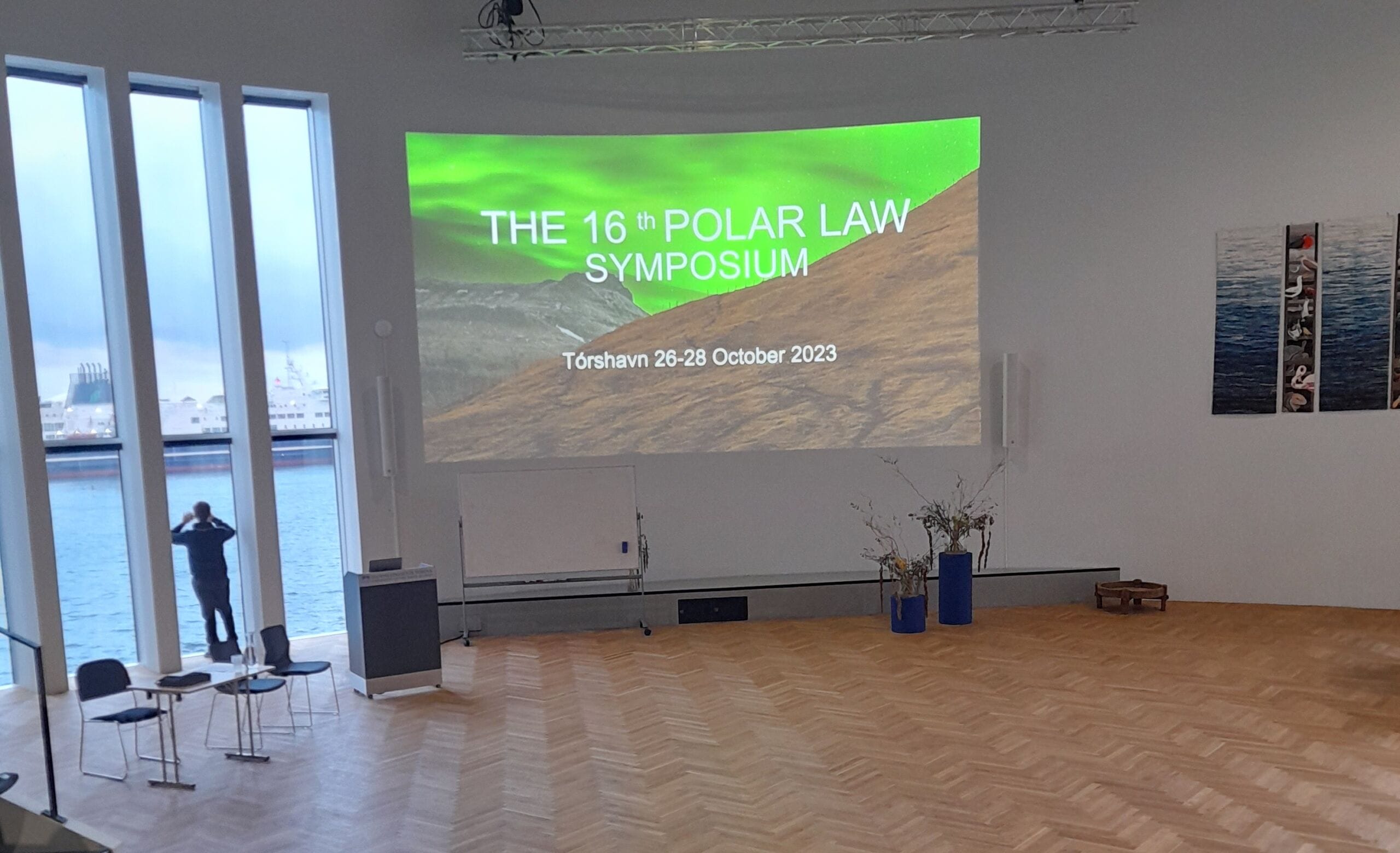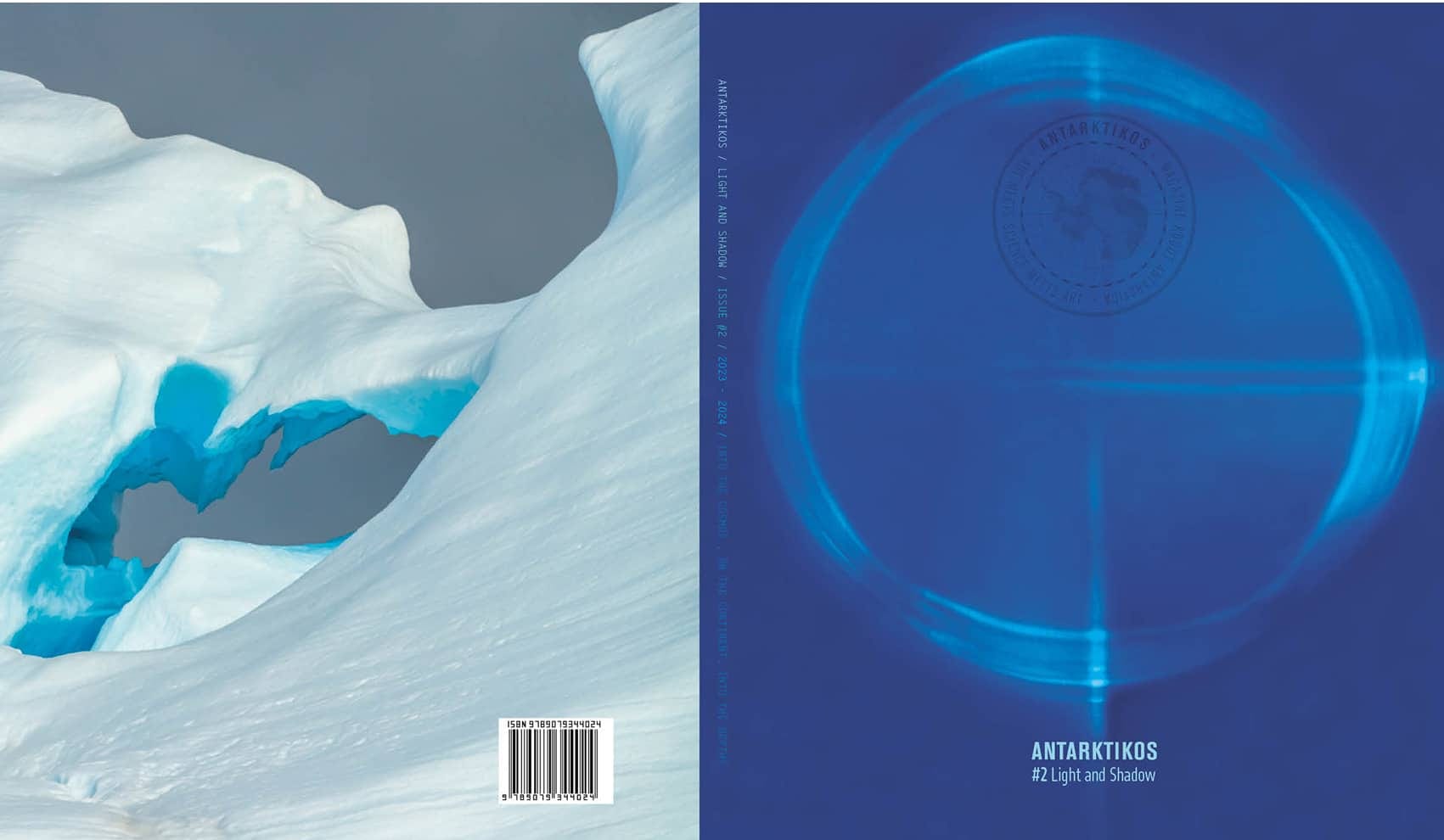
In March 2016, I received an email from a coordinator at a primary school with the question: “Would you like to give one or two guest lectures about your experiences in the Antarctic?” and I thought to myself: “Yes, of course!.” Thus, after a few emails, we’ve settled on a date at the end of November, close to Antarctica Day. Two sessions of roughly two hours each were to be given to a group 7 and 8 (9-11 years old), each consisting of 23 ultra-curious kids. Exciting! But then I started to wonder, what and how should I tell them about my experiences? I obviously wanted to show the basics of my research and show them how the world, and thus the poles, is currently changing. But sharing the experience of walking and working on the frozen continent is also a priority. Thus, we’ve settled on a few slides, a short movie and time for some questions.
Both groups were highly enthusiastic and while I made a brief introduction of about 20 slides, it took me almost two hours to get through them all. The countless number of questions illustrated the need to and benefit of such guest lectures. We briefly discussed what my work encompasses, why we need to study the Antarctic in the current climate and potential influences for the food web. More time was spent talking about my experiences in Antarctica. We watched some amazing aerial (see below) footage from a drone, shot this winter at Rothera (British Antarctic Survey) to give the true Antarctic feeling. A combination with my photos shot during two summers gave, I think, a very good impression about living on station. We talked about all the different roles on station and on how many people were needed to support the science in such an extreme environment.
While there was an ample supply of questions, one keeps coming back to me. After we discussed how the earth was warming, and that is not (yet) related to the sun going supernova, one 9 year old boy asked about the future climate: “Should I be scared?” I’ve never asked myself this question as I, as a scientist, was always looking at the graphs and understanding the processes but perhaps not grasping the full implications for the generations to come. I don’t think he needs to be scared, however the current climatic (and political) trends are worrying. But when all efforts will be combined, I think we, as mankind, can still alter the current trajectories and regain a planet where future generations can flourish.
As Antarctica Day is approaching, we decided to partake in the event where the kids can draw flags for the united continent. Those flags will then be send to a scientist in Antarctica, in our case post doc Gemma Kulk currently working from Rothera. Hopefully those flags will arrive before the end of the summer where she can show them and answer the last few questions the students might have. It was my pleasure to answer all the question the kids had and I would like to thank the coordinator for the invitation.

The Dirck Gerritsz Laboratory – Dutch Science Facility

Patrick Rozema at Rothera Research Station, West-Antarctic Peninsula




